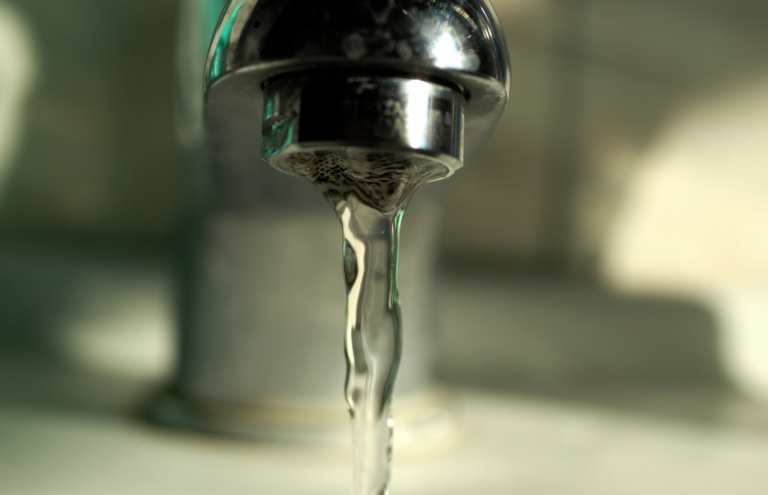CHAMPAIGN — Do you know what’s in your drinking water? Depending on where you live, you could be ingesting contaminants linked to cancer, brain damage and other serious health effects.
That’s why scientists at the Environmental Working Group developed the Tap Water Database – a searchable tool, based on zip code, that tells you what contaminants exist in your tap water and to what degree.
Illinois Newsroom’s Dana Cronin spoke with Environmental Working Group senior scientist Tasha Stoiber about the database, which was just updated. She started by asking her about the standards they use to determine safe versus unsafe drinking water.
(This interview has been lightly edited for clarity)
Dana Cronin: So, when I type in my zip code in Champaign county, it says there are 11 contaminants that exceed your health guidelines. But it says all these contaminants are at levels that are compliant with federal health-based drinking water standards. What does that mean?
Tasha Stoiber: So largely most utilities and most systems in the U.S. do meet federal standards, but really another major push behind the Tap Water Database is to really take a look at what those legal standards mean. We point to EWG health guidelines for contaminants, and often those are much lower than the legal standards. So many of the legal standards that were set up for drinking water contaminants, they were set decades ago in the 70s or 80s. They may have been set based on outdated science or based on compromises and treatment costs. And for a number of tap water contaminants, there may not even be a maximum contaminant level that exists. A lot of unregulated contaminants are present in our drinking water, but there’s actually no federal limit that utilities have to comply with.
DC: So, you know, when I pull up Champaign County, I see arsenic at 250 times your health guideline, chloroform at 89 times your health guideline. That sounds really scary. How can these things impact the health of Champaign residents?
TS: Right. So we can break that down a little bit. And remember, it is easy to look at all this data to become a little bit overwhelmed or even desensitized as well. The health guideline that we point to, this is going to be a guideline that’s been defined based on either the latest peer reviewed science or another state agency, health-based drinking water standard. That’s what we’re pointing towards, you know, what would be the ideal drinking water standard that would be most protective of public health? And often contaminants are present at levels that are above that. Arsenic, for example, that’s a really potent carcinogen. So that’s why we’re concerned about that contaminant and that our level is so much lower than the (U.S. EPA’s Maximum Contaminant Level). And it’s important to remember, too, when thinking about these drinking water contaminants, a lot of these risks are assessed over exposure during a lifetime.
DC: So what’s your recommendation to Champaign County residents who may be worried about drinking their tap water after hearing all this?
TS: Well, really, the purpose behind the tap water database is to be an educational tool. The first step really is for people to find out about their drinking water and to educate themselves. We do recommend generally that people filter their drinking water. It’s one of the easiest ways to reduce environmental exposures to a lot of these contaminants that can harm your health. However, realizing too, that paying for a home drinking water filter, that’s an expense on the individual that shouldn’t fall on them. This should be, depending on the contaminants, this should be really the polluters that pay. So we do encourage people to arm themselves with this data and arm themselves with the power of information and use that to start conversations with their local elected officials and to ask, what is being done to improve the drinking water quality in my community? What resources are needed? And really, all of this data as a whole should be looked at as justification for the need to really inject a lot of federal money into improving drinking water infrastructure overall.
Dana is a reporter for Illinois Public Media. Follow her on Twitter @DanaHCronin

